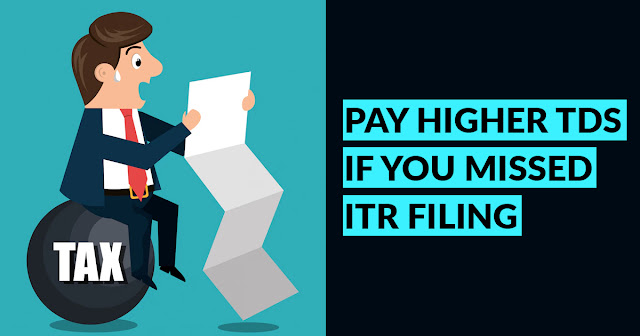A higher TDS shall be subjected to apply for the assessee who fails to furnish the ITR for the former year. The same higher TDS shall be applied to specific incomes which will be earned in the present fiscal year by the assessee who loses to furnish the Income-tax return for 2020-21 (AY 2021-22).
The government has announced the revisions in the union budget where it revises the laws beneath sections 206AB and 206CCA that imposes much more TDS. The new laws will come into effect on April 1, 2022. The last date to furnish the original ITR for FY 2020-21 was December 31, 2021. Hence when the assessee losses to furnish their ITR by the mentioned date shall be liable to pay the higher TDS in FY 2022-23.
"The CBDT circular has been issued to determine the non-filers who are subject to higher tax withholding or collection. This circular is going to help the taxpayers in determining the non-filers and remove difficulties in interpretation of the compliance provisions," told a tax expert.
As per the new laws, the higher TDS applied to the persons when they fulfil the below-mentioned conditions:
- Income tax return not furnished for the related former fiscal year immediately preceding the fiscal year where the tax needed to be deducted or collected.
- Aggregate TDS and TCS is more than Rs 50,000 in that former year.
What is the Way to Perform It?
- 192: Salaries
- 192A: Withdrawal from PF account
- 194B: Income by the way of winnings from the lottery, Game shows & puzzles etc.
- 194BB: Income from winnings from horse race
- 194LBC: Income in respect of investment in securitization trust
- 194N: Cash withdrawal in a financial year exceeding a specified financial year
- 194-IA: Money received from the sale of immovable property
- 194-IB: Rent paid exceeds Rs 50,000 per month
- 194M: Payments of certain sums by individuals & HUFs to resident contractors or professionals.
- 194S: TDS towards the transfer of virtual digital assets (VDA) like crypto-assets and others provided sales, gross receipts, or turnover from the business held by him or profession practised by him is not more than 1 cr (for a business) or Rs 50 lakh (in case of profession). This section will come into force from July 1, 2022.


Comments
Post a Comment